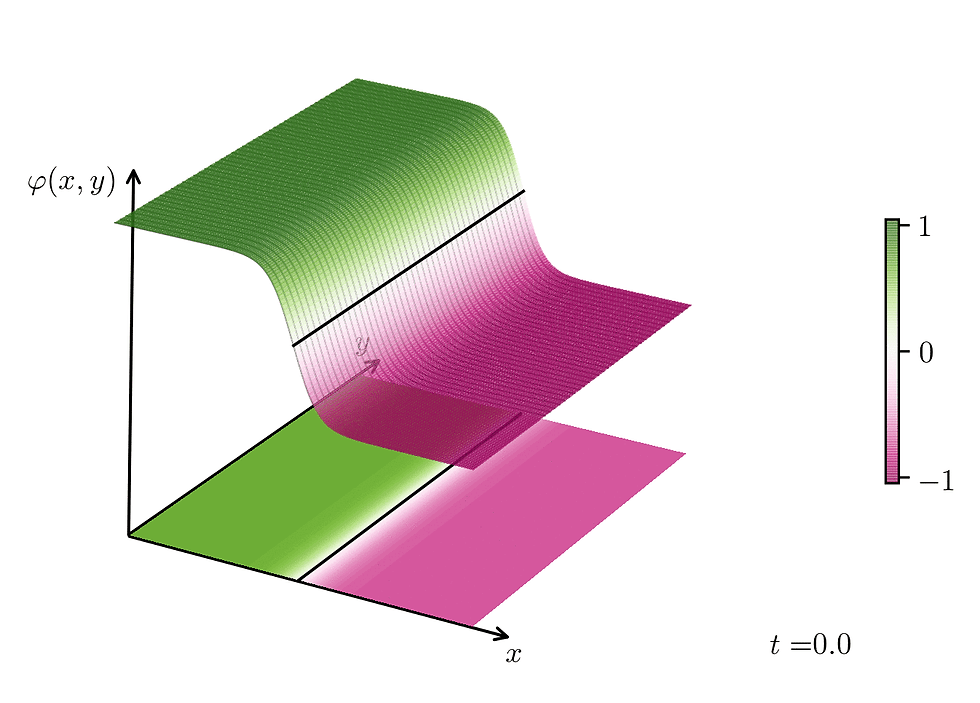Magnetic memories: how can we improve them?
- Nirvana Belén Caballero

- Nov 23, 2020
- 1 min read
Updated: Oct 5, 2021
In the 1970s bubble-magnetic domains were proposed as safe and efficient units to store information. Since then, we are using magnetic-based devices to store all our information.
Recent experiments in two different samples (Co/Ni and Pt/Co/Pt) show that bubble domains are degraded under the application of several magnetic fields: domains lose area and change their geometrical properties. There is no theory to explain these phenomena: why this happens was not known [1].
In my recent study, I show that these effects are the result of the competition between the domain wall elasticity and the disorder present in the system. These effects will always occur due to a force induced by curvature. However, if we use fields that are large enough to compete with the force due to curvature, then our domains will be safe.

To improve our memory devices we should use high fields or reduce the disorder in the sample. In my first single-author paper [2], I show that domain area loss will happen in many other samples (besides the ones studied experimentally in [1]) which share very basic characteristics: disorder and temperature (we can never get rid of these), and strong perpendicular magnetic anisotropy. Moreover, the same effect will happen even if the magnetic domain has a stripe configuration instead of a bubble one, as a consequence of the disorder.
References
[1] P. Domenichini et.al, Transient magnetic-domain-wall ac dynamics by means of magneto-optical Kerr effect microscopy. Highlighted in Phys. Rev. B 99, 214401, 2019.
[2] Nirvana Caballero. Evolution of domains with sequential field application. Journal of Statistical Mechanics: Theory and Experiment (JSTAT). Accepted, available in arXiv.





Comments